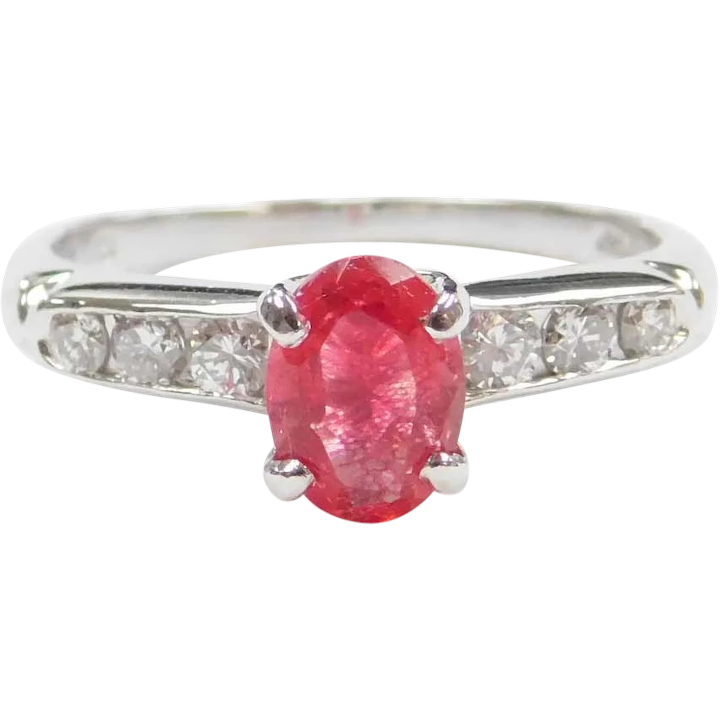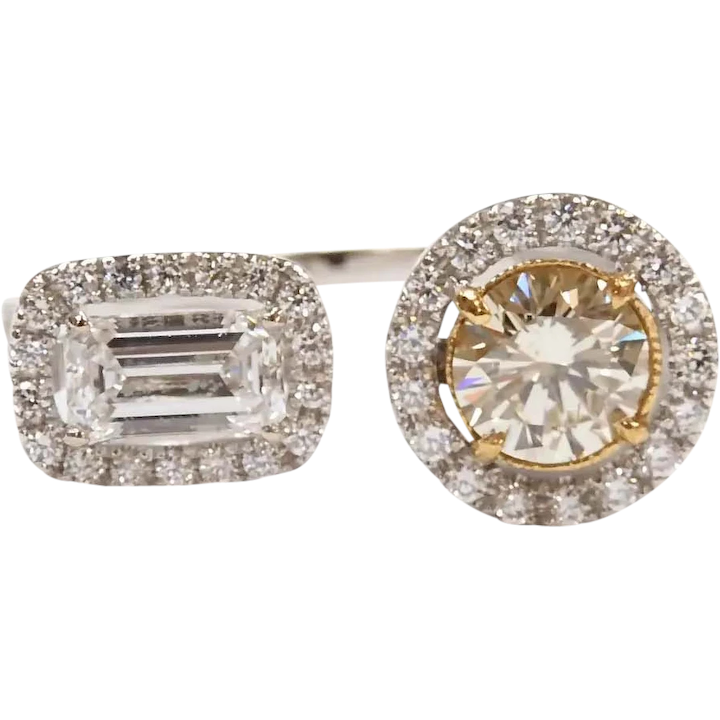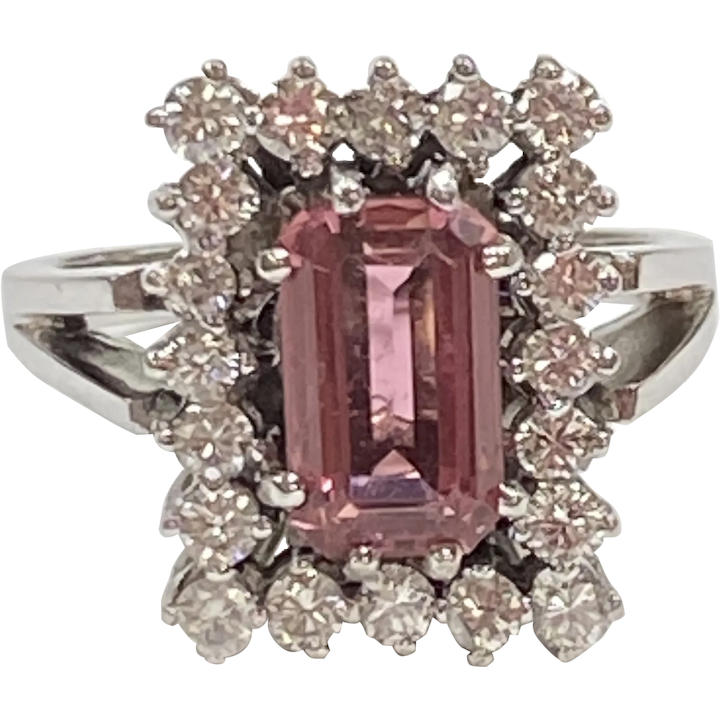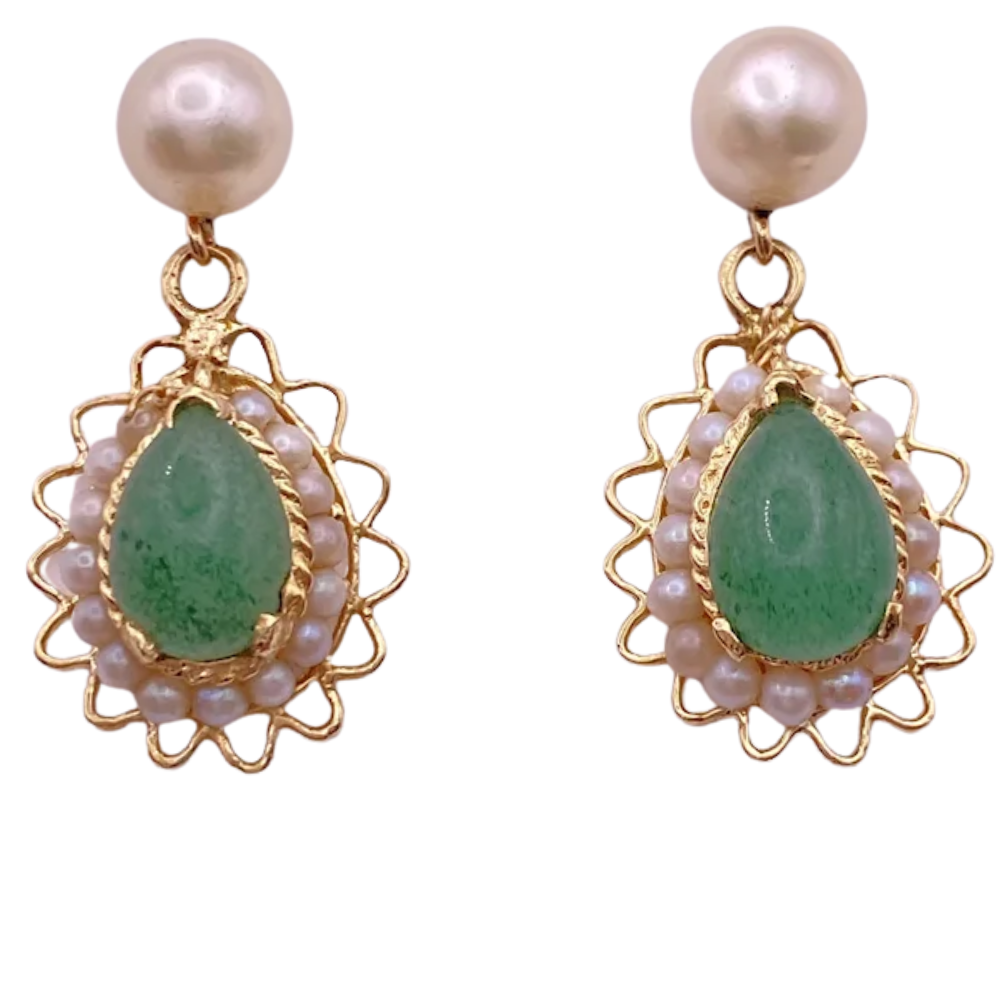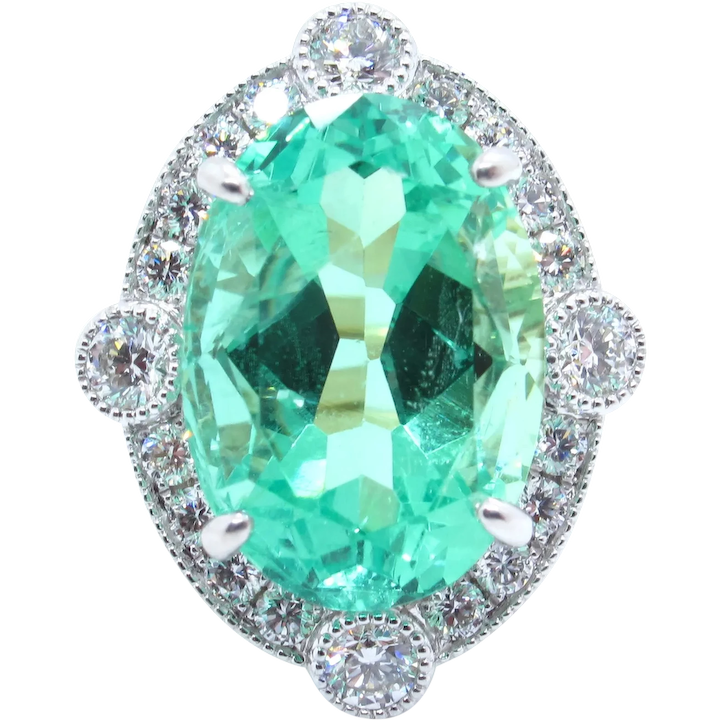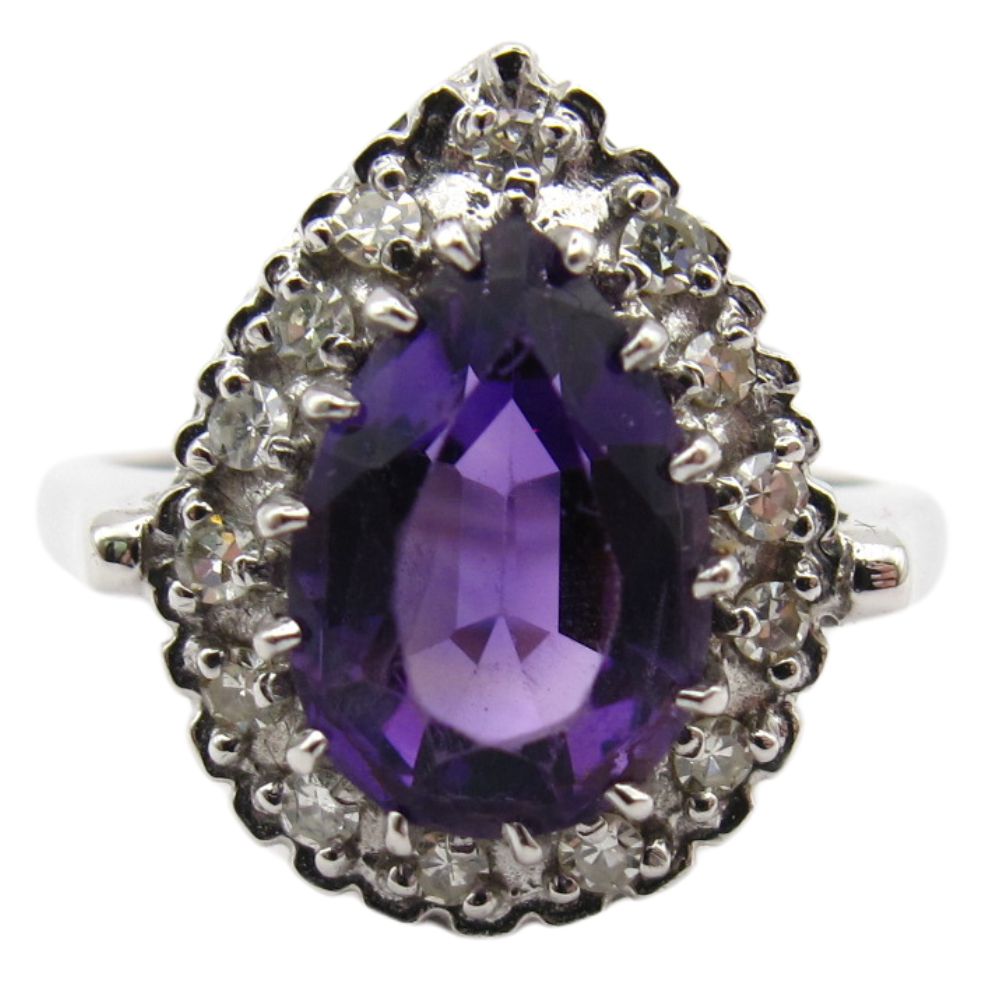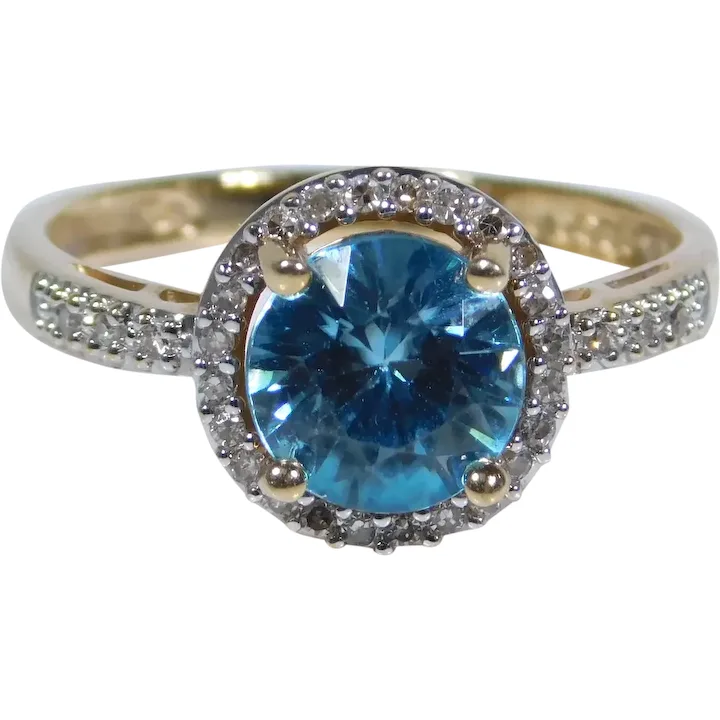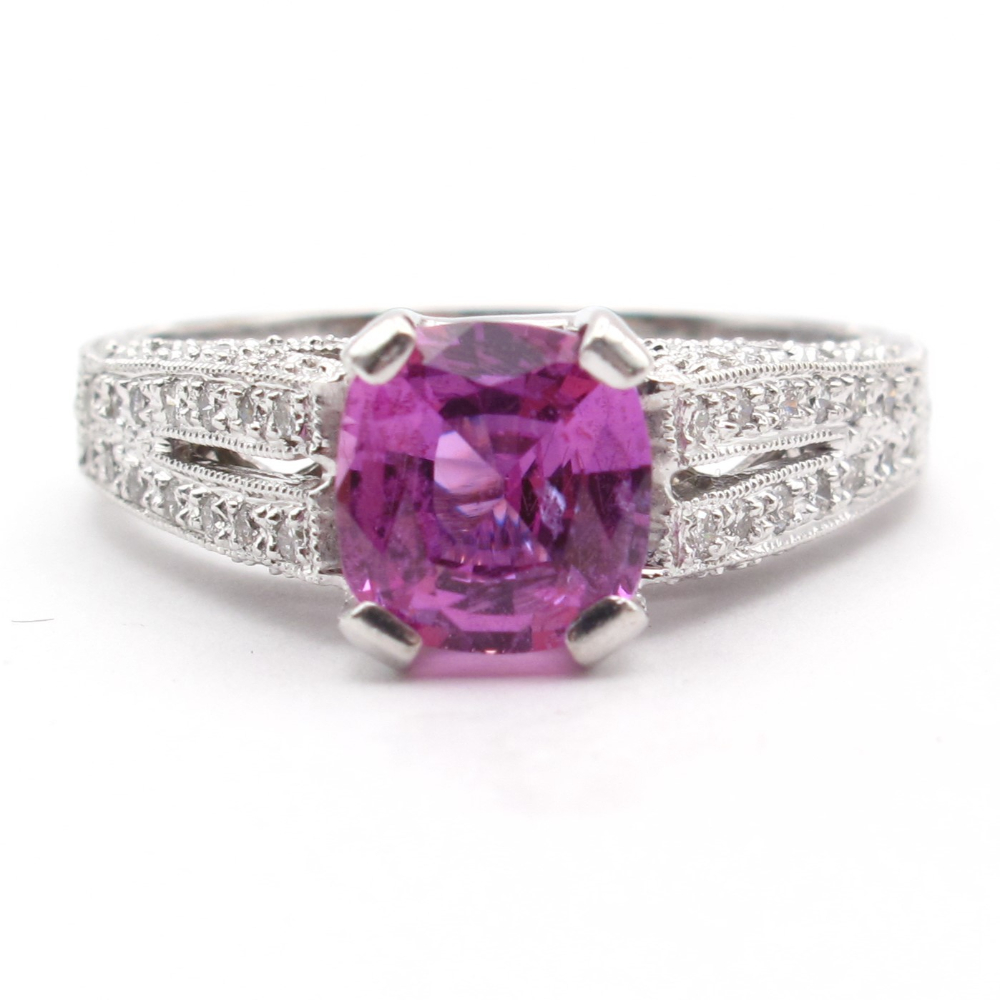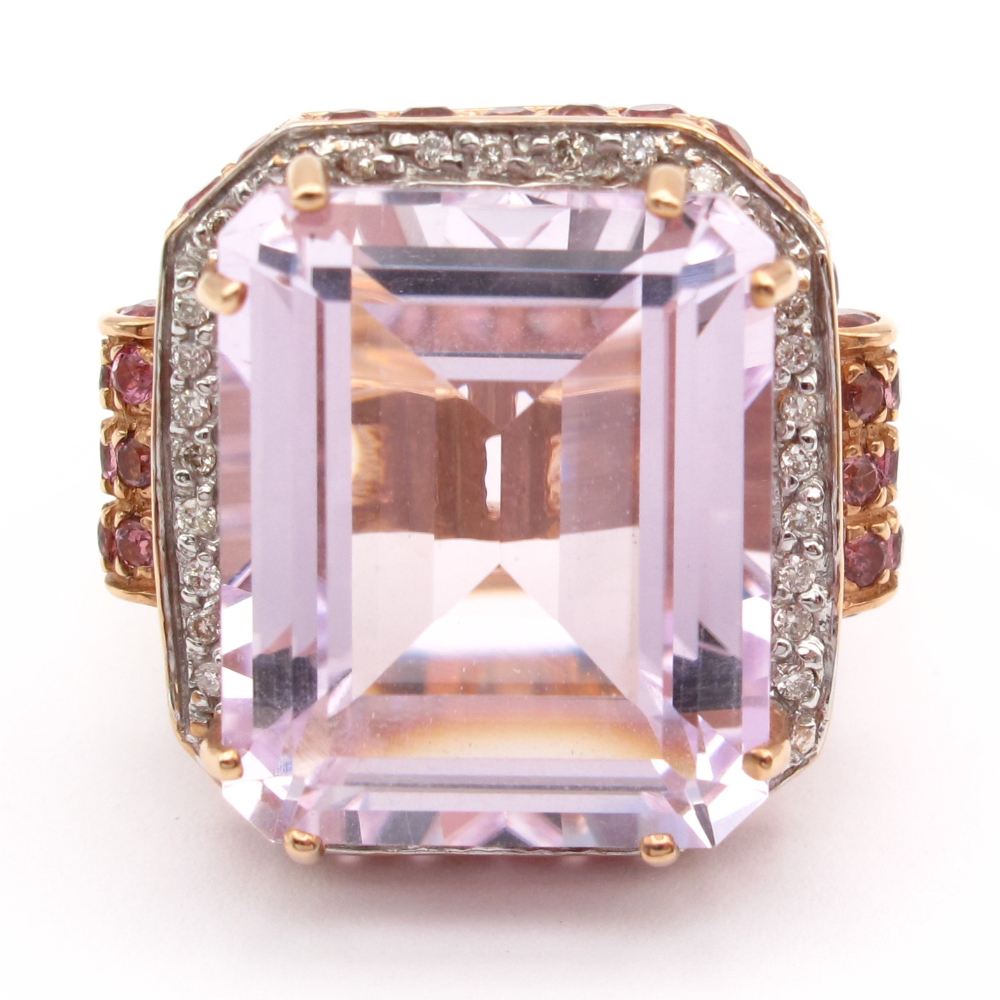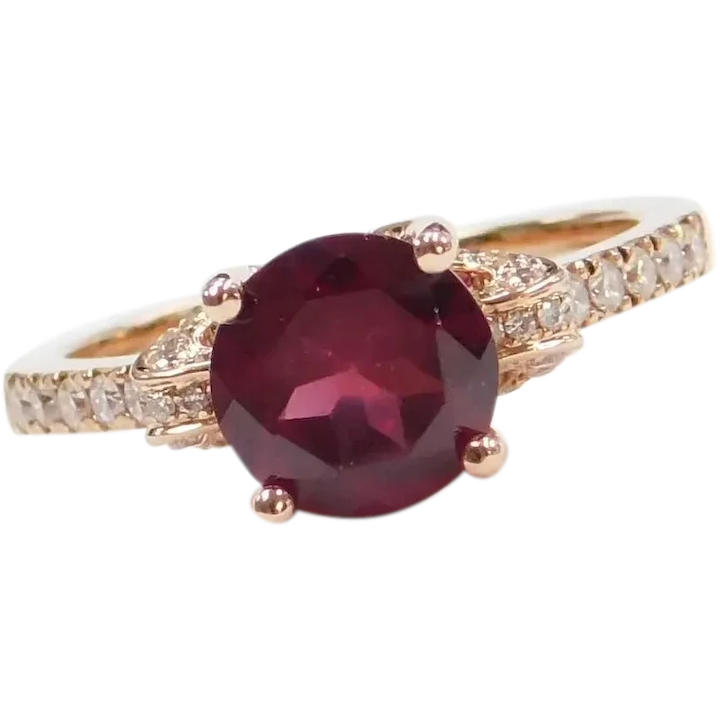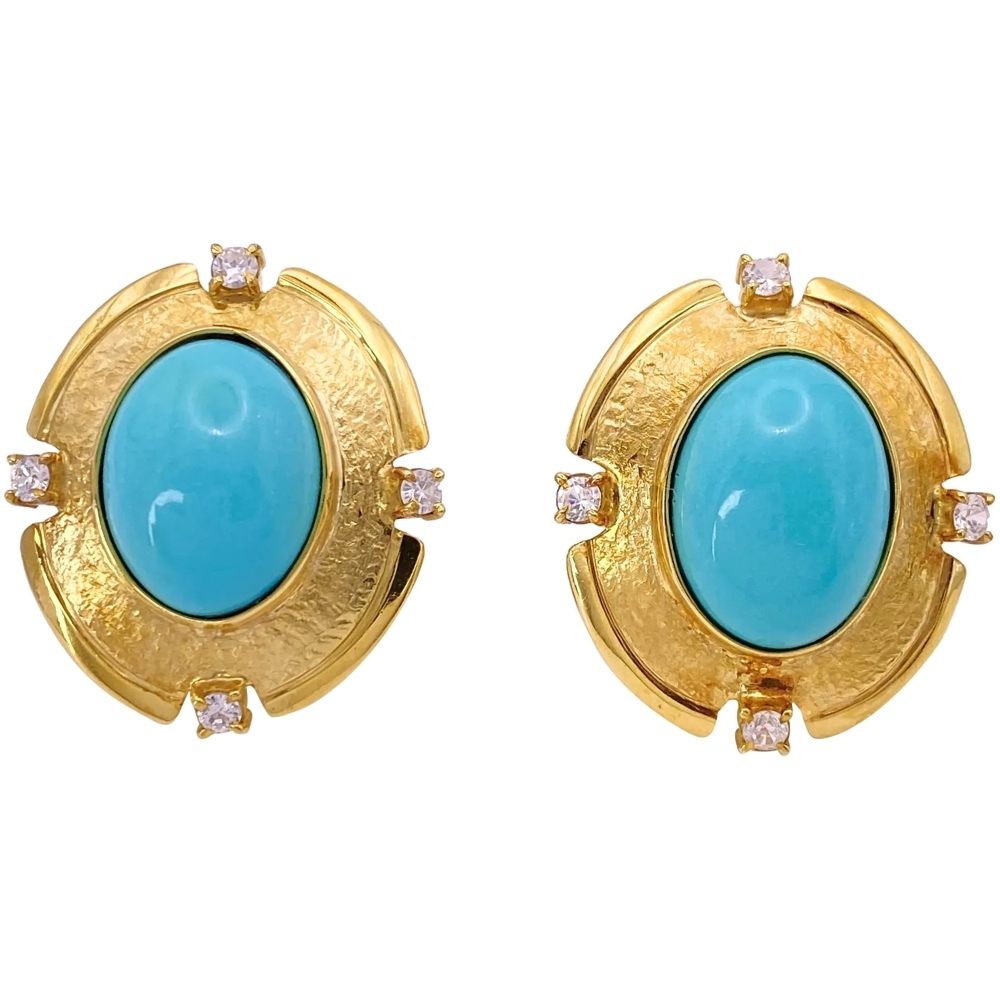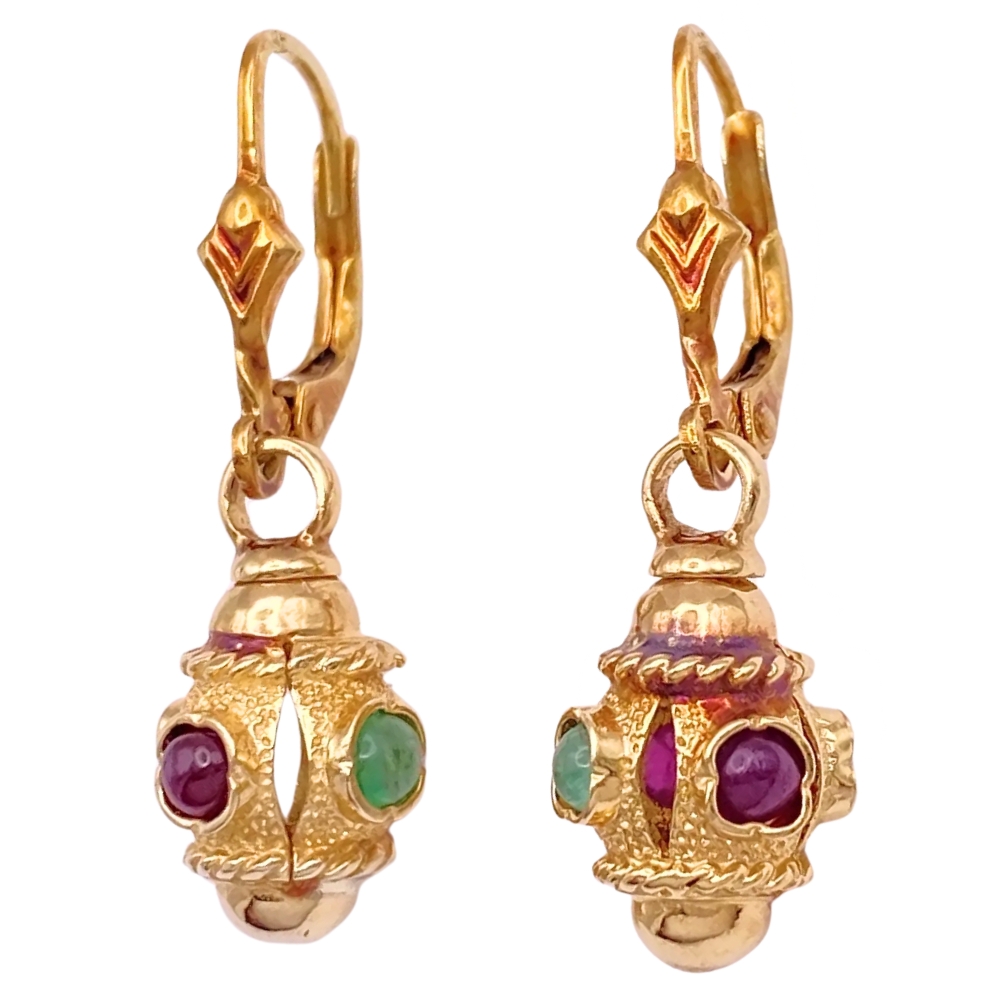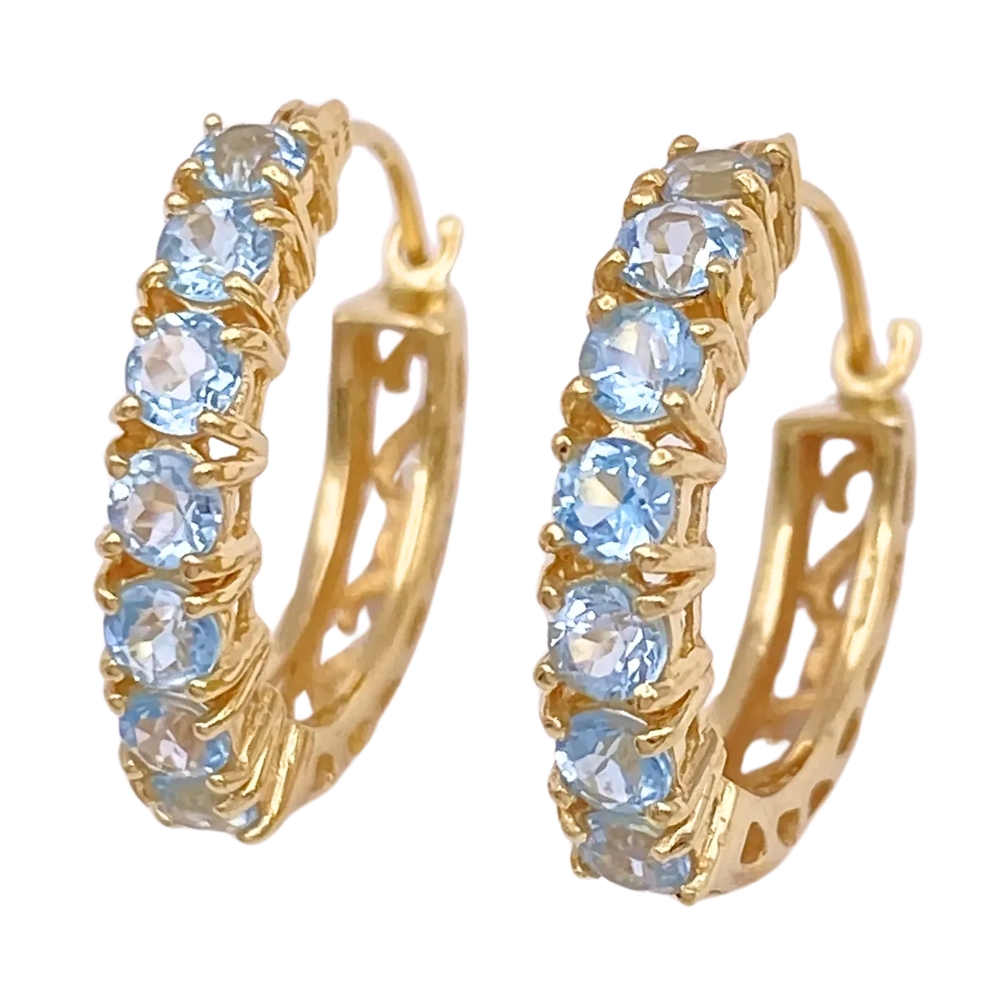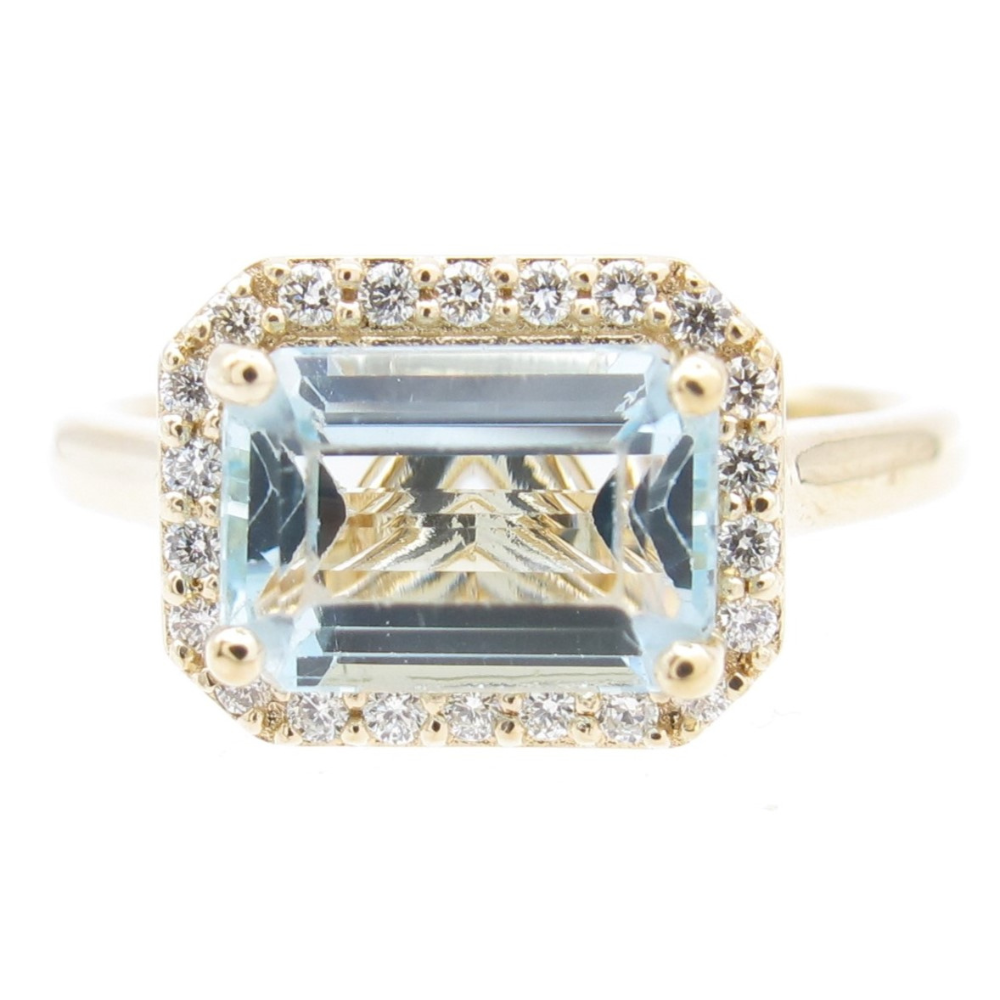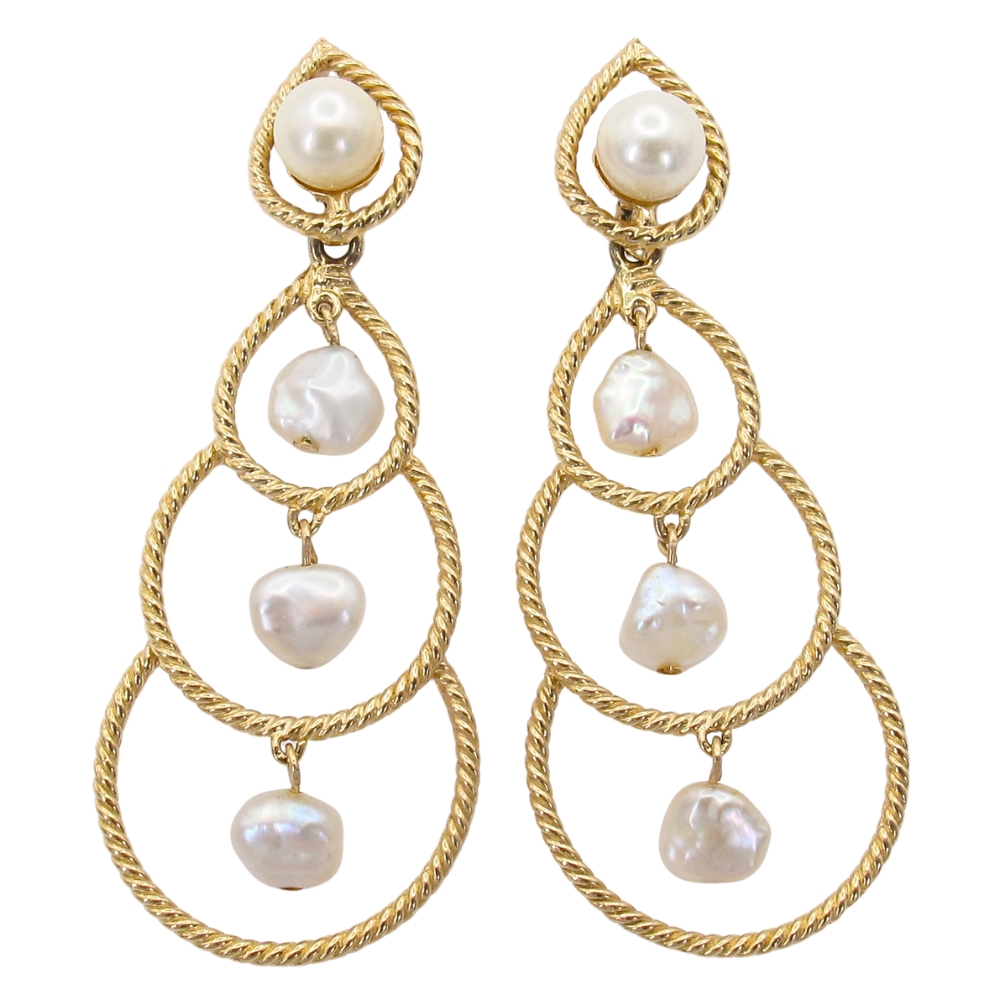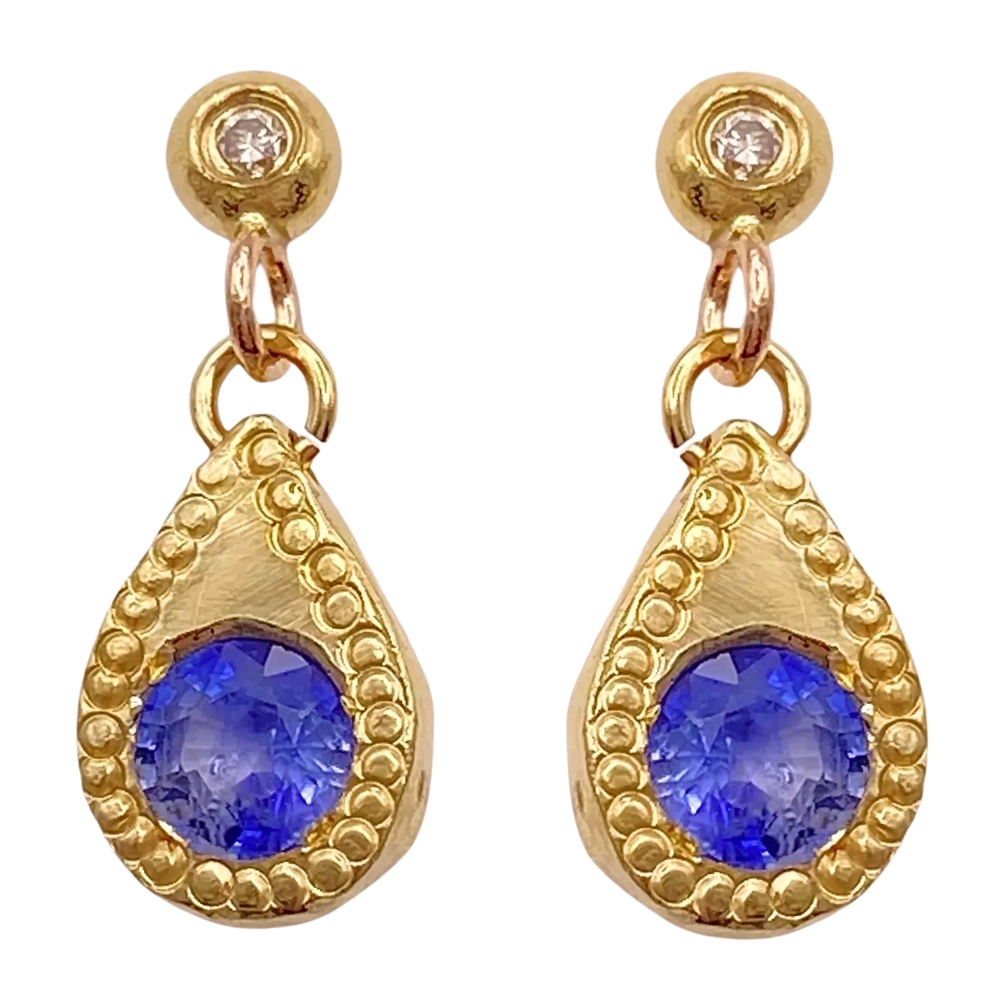Heated vs. Unheated Gemstones: What’s the Difference and Why It Matters

When shopping for gemstones, you’ve probably seen the terms “heated” and “unheated” gems. But what do they really mean—and does it matter?
Let’s break it all down and answer some common questions about gemstone heat treatments so you can shop with confidence and clarity.
Quick Facts
-
🔥 Heat treatment is one of the oldest and most common gemstone enhancements.
-
💎 Over 98% of rubies and sapphires on the market today are heat-treated.
-
🧊 Unheated gemstones are rarer and often more valuable—but not always.
-
✨ Heat treatment enhances a gem’s color and clarity, but it doesn’t make it fake.
-
🕰️ Yes, vintage jewelry can (and often does) contain heat-treated stones.
A Brief History of Heated Gemstones
Believe it or not, gemstone heating has been around for over a thousand years. Ancient gem cutters in Sri Lanka, Burma (Myanmar), and Thailand discovered that heating certain stones over fire could enhance their color and make them more visually appealing. Roman lapidaries were known to heat gems too.
Fast forward to the 20th century, and modern technology made it possible to heat gems more precisely and consistently. Today, heat treatment is a standard and accepted practice—especially for sapphires and rubies.
In fact, the vast majority of rubies and sapphires on the market have been heat- treated in some way.
Debunking the Myth: Vintage Jewelry Doesn’t Always Mean Untreated
Many people assume that if a piece of jewelry is “old” or “vintage,” the stones must be untreated. That’s simply not true.
In reality, heat-treated gemstones were already common in Roman times. Unless a stone has been tested and comes with a certificate confirming it’s unheated, we can’t assume anything.
So yes, that beautiful ruby ring passed down from grandma could absolutely be heat treated—and that’s okay! It’s part of the stone’s journey and history.
Watch the video below to learn more about the history of heat-treated gems and debunking this popular vintage jewelry myth.
Video Transcript: Hi! It’s Joni! A common misconception we hear is that vintage jewelry automatically features unheated gemstones, particularly sapphires and rubies. Let’s clarify.
While the allure of a completely natural, untreated gem is understandable, heat treatment is a long-established practice. Evidence suggests gem heating dates back as far as the 1st century AD with Roman lapidaries.
This accepted trade practice mimics the natural heating process deep within the Earth, permanently enhancing a sapphire’s color, luster, and clarity.
It’s estimated that over 98% of the sapphires available today have undergone some form of heat treatment to achieve their beautiful appearance.
Therefore, while your vintage sapphire or ruby is undoubtedly special, determining if it’s unheated requires professional laboratory testing. Visual inspection alone isn’t conclusive.
How Can You Tell If a Gemstone Has Been Heat Treated?
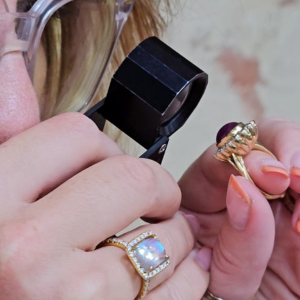
You can’t tell just by looking at it.
To know for sure whether a gemstone has been heated or is unheated, it must be examined by a gemological lab such as GIA (Gemological Institute of America), AGL, or GRS. These labs analyze the stone’s internal features and use spectroscopy to identify treatment.
What you can do:
-
Ask for a certificate of authenticity from a trusted lab.
-
Look for visible inclusions—sometimes heating melts or softens natural inclusions.
-
Buy from jewelers (like us at Arnold Jewelers!) who are transparent with customers.
Are Heated Gemstones Less Valuable?
Not necessarily.
While unheated stones are rarer, heated gemstones are often more beautiful and desirable to the average buyer. Heating improves color and clarity in a way that can make a gem much more attractive—and affordable—than its unheated counterpart.
Think of it like this: heating a gemstone is like polishing a rough diamond—you’re bringing out its natural potential, not creating something fake.
Which Is Better: Heated or Unheated Rubies?
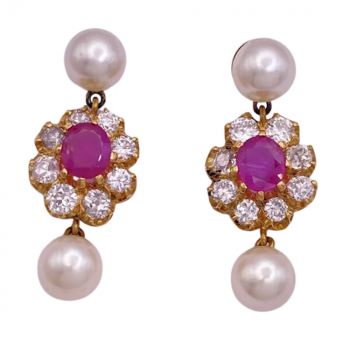
The answer depends on what you’re looking for.
🔴 Unheated rubies are extremely rare and often prized by collectors. They usually come with a gemological report from a trusted lab confirming their natural state. However, these rubies may have slight imperfections or lighter color tones.
🔥 Heated rubies, on the other hand, are enhanced to bring out deeper red hues and improve clarity. They’re more available, often more visually striking, and can be more affordable.
Bottom line: Unheated rubies are rare and special—but a beautiful, heated ruby still holds strong value and beauty.
Are Unheated Sapphires More Valuable?
In many cases, yes. Unheated sapphires, especially those with rich color and high clarity, can command significant premiums—sometimes double or triple the price of a comparable heated stone.
However, value still depends on other factors like origin (Ceylon, Kashmir, Burma), carat weight, and overall appearance. A heavily included, pale unheated sapphire won’t be worth more than a stunning heated one with deep color and brilliance.
Final Thoughts: What You Should Know as a Buyer
When it comes to choosing between heated and unheated gemstones, it really comes down to your priorities:
✅ Want a rare, collectible piece with certification? Go unheated.
💰 Want beauty, brilliance, and affordability? A heated stone is an excellent choice.
📜 Always look for reputable certification and ask questions when buying fine gemstones.
At Arnold Jewelers, we offer both heated and unheated gemstones and are happy to walk you through the differences, value, and documentation for each one.
Ready to Find Your Perfect Gemstone?
Whether you’re shopping for a rare unheated sapphire or a vibrant, expertly heated ruby, we’ve got you covered.
💎 Browse our certified gemstone collection in-store or online
🔍 Need help understanding a certificate? We’re here to help!
Browse our Gemstone Jewelry Collection
-
Categories:
- Jewelry Trends


